Search results: 1853
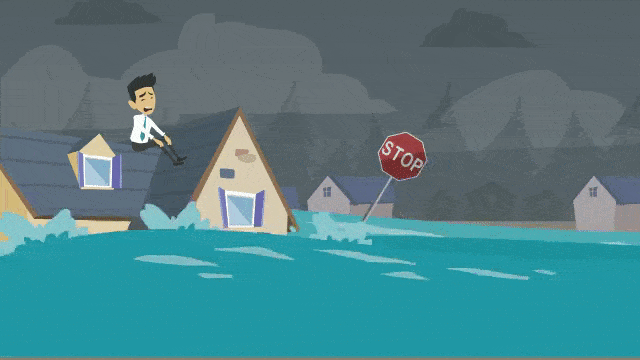
G11 - Disaster Readiness and Risk Reduction Q1-Q2 (For Enhancement-FINAL)
Hello learners!
This course is consistent with the aim of the K to 12 Science Program. It focuses on the application of scientific knowledge and the solution of practical problems in a physical environment. It is designed to bridge the gap between theoretical science and daily living.
Each lesson of this course emphasizes coverage of the basic aspects of natural hazards and disaster. Lesson 1 to Lesson 5 which are Basic Concept of Disaster and Disaster Risk, Hazards that Can Lead to Disaster, Exposure and Vulnerability, Vulnerability across Sectors and Disaster Preparedness respectively. These are introduction to the concepts of hazards, exposure, and vulnerability which are ingredients of disasters. It also lays down the conditions under which potentially harmful events becomes disasters. Lesson 6 to Lesson 11 are Basic Concepts of Hazards, Earthquake Hazards, Volcanic Hazards, Landslides and Sinkholes, Hydrometeorological Hazards and Fire Hazards respectively. These lessons provides background on the aspect of the different types of natural hazards that had been affecting different communities. These include the nature, origin, processes, consequences and the prevention and mitigation of disasters that natural hazards bring. Lesson 12 to Lesson 14 are Concept of Disaster Risk Reduction and Disaster Risk Reduction and Management, Community – Based Disaster Risk Reduction Management and Disaster Preparedness: The Role of the State and the Citizens respectively. These lessons presents wide range of measures that can be done aside from post – disaster efforts.

G11 - DRRR - CORTEZ, J.
Hello learners!
This course is consistent with the aim of the K to 12 Science Program. It focuses on the application of scientific knowledge and the solution of practical problems in a physical environment. It is designed to bridge the gap between theoretical science and daily living.
Each lesson of this course emphasizes coverage of the basic aspects of natural hazards and disaster. Lesson 1 to Lesson 5 which are Basic Concept of Disaster and Disaster Risk, Hazards that Can Lead to Disaster, Exposure and Vulnerability, Vulnerability across Sectors and Disaster Preparedness respectively. These are introduction to the concepts of hazards, exposure, and vulnerability which are ingredients of disasters. It also lays down the conditions under which potentially harmful events becomes disasters. Lesson 6 to Lesson 11 are Basic Concepts of Hazards, Earthquake Hazards, Volcanic Hazards, Landslides and Sinkholes, Hydrometeorological Hazards and Fire Hazards respectively. These lessons provides background on the aspect of the different types of natural hazards that had been affecting different communities. These include the nature, origin, processes, consequences and the prevention and mitigation of disasters that natural hazards bring. Lesson 12 to Lesson 14 are Concept of Disaster Risk Reduction and Disaster Risk Reduction and Management, Community – Based Disaster Risk Reduction Management and Disaster Preparedness: The Role of the State and the Citizens respectively. These lessons presents wide range of measures that can be done aside from post – disaster efforts.
G11 - DRRR - CORTEZ, J.
Hello learners!
This course is consistent with the aim of the K to 12 Science Program. It focuses on the application of scientific knowledge and the solution of practical problems in a physical environment. It is designed to bridge the gap between theoretical science and daily living.
Each lesson of this course emphasizes coverage of the basic aspects of natural hazards and disaster. Lesson 1 to Lesson 5 which are Basic Concept of Disaster and Disaster Risk, Hazards that Can Lead to Disaster, Exposure and Vulnerability, Vulnerability across Sectors and Disaster Preparedness respectively. These are introduction to the concepts of hazards, exposure, and vulnerability which are ingredients of disasters. It also lays down the conditions under which potentially harmful events becomes disasters. Lesson 6 to Lesson 11 are Basic Concepts of Hazards, Earthquake Hazards, Volcanic Hazards, Landslides and Sinkholes, Hydrometeorological Hazards and Fire Hazards respectively. These lessons provides background on the aspect of the different types of natural hazards that had been affecting different communities. These include the nature, origin, processes, consequences and the prevention and mitigation of disasters that natural hazards bring. Lesson 12 to Lesson 14 are Concept of Disaster Risk Reduction and Disaster Risk Reduction and Management, Community – Based Disaster Risk Reduction Management and Disaster Preparedness: The Role of the State and the Citizens respectively. These lessons presents wide range of measures that can be done aside from post – disaster efforts.

G11 - Fundamentals of Accounting, Business and Management 1 - GAGALAC, R.

Welcome to the world of accountancy, business, and management.! It's challenging yet fulfilling journey towards becoming a skillful individual. Because in learning the fundamentals of your strand, provision of practical solutions and/or decisions is a skill to master. So let's begin our journey and have fun in the process. God bless you ABM learners!!!

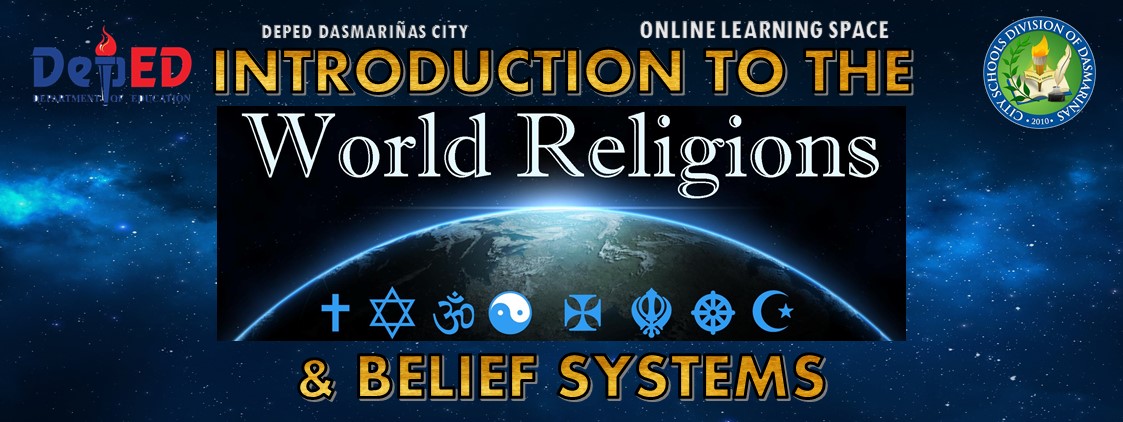
G11 - Introduction to World Religions and Belief Systems - MURILLO, F.
The course explores
the main tenets and practices of major world religions namely, Judaism,
Christianity, Islam, Hinduism, Theravada Buddhism, Mahayana Buddhism, Confucianism,
Taoism and Shintoism. This course aims to help learners understand the
historical contexts of eleven religions, appreciate their uniqueness and
similarities and promote mutual understanding among believers of different
faiths. The learners are expected to demonstrate understanding and appreciation
of one’s faith as well as to respect the beliefs of other religions.
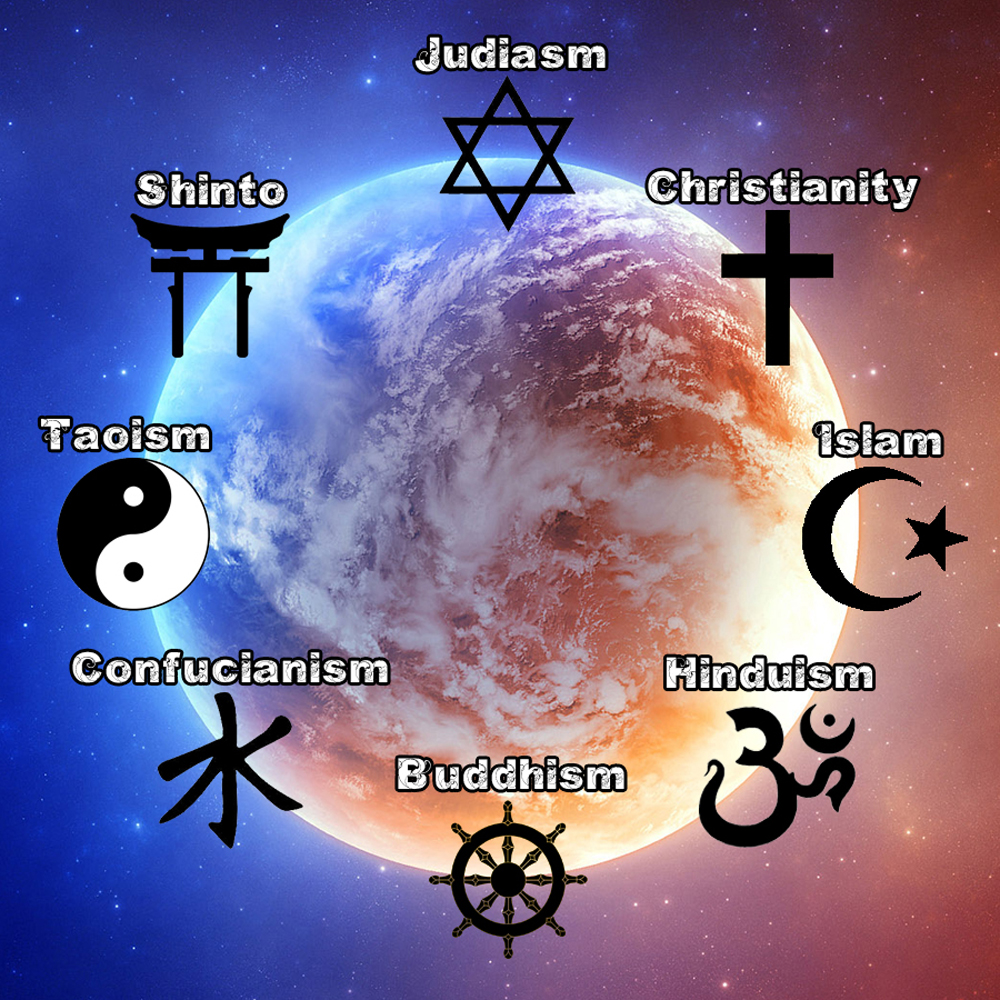
G11 - Introduction to World Religions and Belief Systems - MURILLO, F.
The course explores
the main tenets and practices of major world religions namely, Judaism,
Christianity, Islam, Hinduism, Theravada Buddhism, Mahayana Buddhism, Confucianism,
Taoism and Shintoism. This course aims to help learners understand the
historical contexts of eleven religions, appreciate their uniqueness and
similarities and promote mutual understanding among believers of different
faiths. The learners are expected to demonstrate understanding and appreciation
of one’s faith as well as to respect the beliefs of other religions.
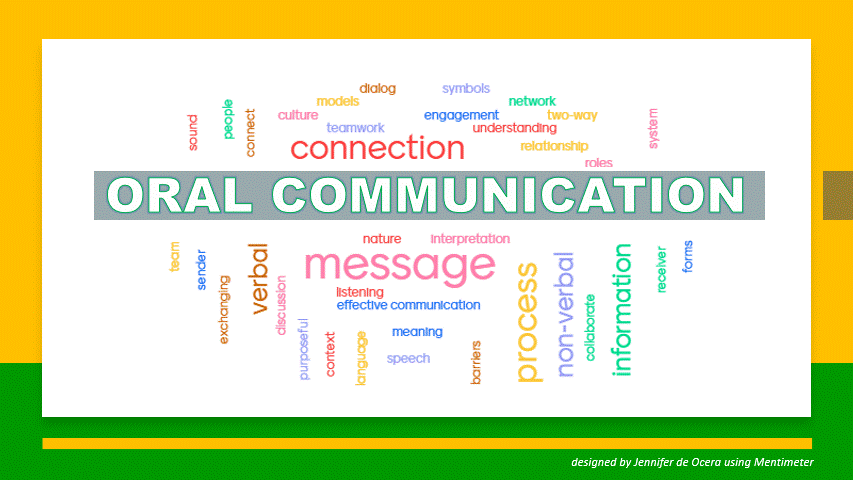
G11 - Oral Communication - BADAY, M.

Welcome to your online course in Oral Communication in Context. This course
focuses on the development of listening and speaking skills and strategies for
effective communication in various situations. As you go through the entire course
you will be able to understand the importance of communication in your daily life.

G11 - Oral Communication - BUELO, R.J.V
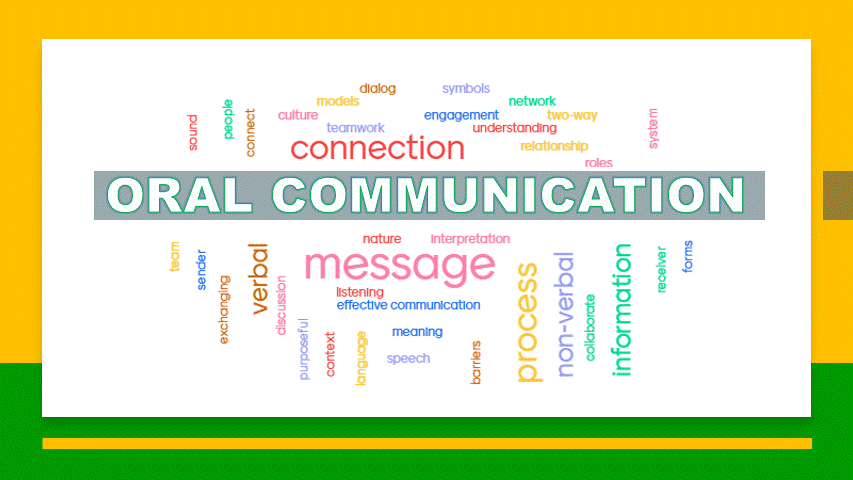
Welcome to your online course in Oral Communication in Context. This course
focuses on the development of listening and speaking skills and strategies for
effective communication in various situations. As you go through the entire course
you will be able to understand the importance of communication in your daily life.

G11 - Oral Communication - LEOCARIO, M.

Welcome to your online course in Oral Communication in Context. This course
focuses on the development of listening and speaking skills and strategies for
effective communication in various situations. As you go through the entire course
you will be able to understand the importance of communication in your daily life.

G11 - Oral Communication - SACDALAN, C.

Welcome to your online course in Oral Communication in Context. This course
focuses on the development of listening and speaking skills and strategies for
effective communication in various situations. As you go through the entire course
you will be able to understand the importance of communication in your daily life.

G11 - Organization and Management - SALIVA, M.
Great day learners! Welcome to your online course in Organization and Management. This course deals with the introduction to the realm of management to provide the basic information that could guide you to succeed in your future management tasks. All organizations—no matter the kind, size, or location—need good managers in order to successfully achieve their organizational goals and objectives. As future managers, you must realize that managers have to deal with the ever-changing world, hence, management styles must also be dynamic in order to adapt to these inevitable changes. This course reflect those changes and will help you prepare to become ideal managers who will be ready to face the world’s varying challenges.

G11 - Probability and Statistics - DELA TORRE, C.

Mabuhay! Welcome to our online Statistics and Probability course.
You probably have encountered a lot of statistics and probability problems in your junior high school. However, have you noticed how they are related to each other? This course will help you relate concepts in statistics with concepts in probability and apply concepts and skills when solving problems which can be very useful in the real world.
Come and let us discover how useful STATISTICS and PROBABILITY is!
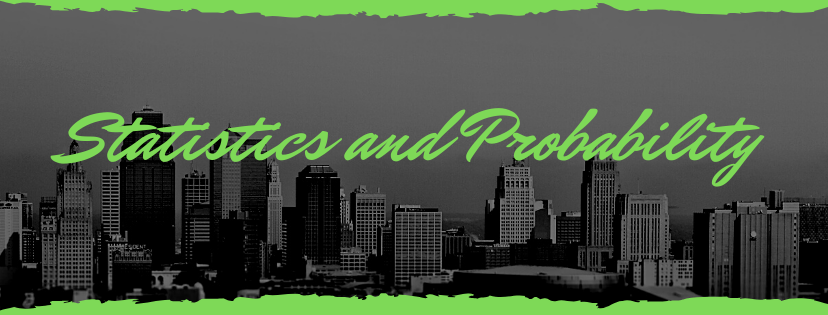
G11 - Probability and Statistics - FABELLA, R.

Mabuhay! Welcome to our online Statistics and Probability course.
You probably have encountered a lot of statistics and probability problems in your junior high school. However, have you noticed how they are related to each other? This course will help you relate concepts in statistics with concepts in probability and apply concepts and skills when solving problems which can be very useful in the real world.
Come and let us discover how useful STATISTICS and PROBABILITY is!

G11 - Probability and Statistics - JOSON, M.

Mabuhay! Welcome to our online Statistics and Probability course.
You probably have encountered a lot of statistics and probability problems in your junior high school. However, have you noticed how they are related to each other? This course will help you relate concepts in statistics with concepts in probability and apply concepts and skills when solving problems which can be very useful in the real world.
Come and let us discover how useful STATISTICS and PROBABILITY is!

G11 - Probability and Statistics - SALGADO, J.

Mabuhay! Welcome to our online Statistics and Probability course.
You probably have encountered a lot of statistics and probability problems in your junior high school. However, have you noticed how they are related to each other? This course will help you relate concepts in statistics with concepts in probability and apply concepts and skills when solving problems which can be very useful in the real world.









